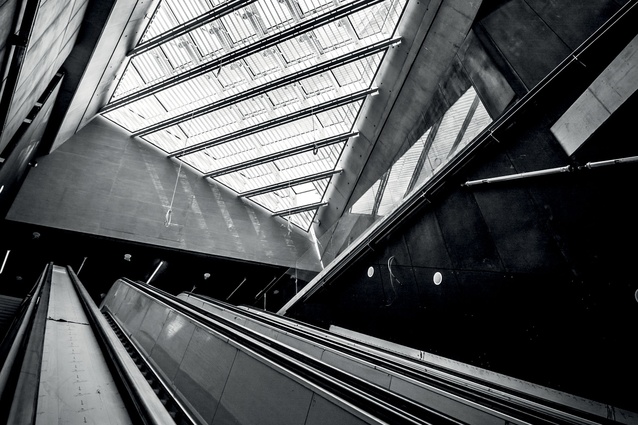Energy oversight
NabersNZ is starting to gain traction in New Zealand with a number of buildings being prepared for rating.
The scheme is voluntary and provides a simple rating system for tenants and building owners to understand how their building performs, from bad (0-2 stars) to good (4-6 stars).
To date, the rating system has succeeded in exposing the drivers of poor energy use in New Zealand commercial buildings, which are the commercial leasing obligations and poor HVAC design.
Confronting building energy use costs money. The landlord incurs a capital cost to establish the infrastructure necessary to split the energy use between the landlord and the tenant, with no return on the investment.
The world of commercial leasing is not governed by common sense, as the Auckland District Law Society lease demonstrates, as there is no obligation for a building owner to provide an efficient building to the tenant.
Effectively, the tenant is responsible for all outgoings, and must pay all energy costs as well as most building maintenance costs. There is no incentive for a building owner to split the energy use or improve the energy use of a building, as the tenant’s accountant pays the bill without blinking.
It is not uncommon for a gas bill to be paid month in month out without question, as the amount does not change. No one stops to think that heating energy should only be used in the winter and question why are they paying a gas bill all year round.
Excessive energy use is probably due to poor engineering. Many HVAC systems have been set up to fail in terms of energy efficiency. Some engineers effectively design cooling systems for the hottest day of the year and heating systems for the coldest day of the year, then compromise for the other 363 days.
Many of these systems control room temperature by reheating refrigerated air to ambient temperature, using two lots of energy, when none should be used at all.
Does anyone care? An energy efficient building will use less than 100kWh per square metre a year while the worst use around 300kWh per square metre per year. Paying a penalty of $40 per square metre per annum (20c/kWh) to heat cold air is not clever. Would you prefer to pay $20,000 per year, or $60,000 for a 1000m2 office, on top of $250,000 rent per annum?
Commercial property transactions in New Zealand have been akin to buying fleet cars such as Falcons and Commodores, where no one cared about the gas bill.
The analogy is interesting; as we see the demise of the Australian car industry; inefficient cars and inefficient buildings have been recognised and legislated against in Australia. Government departments are required to lease energy efficient property.
Discerning buyers, which may or may not include our government departments, will perhaps look at the overall cost of the commercial transaction instead of ignoring the operating expenses.
At this stage, government leasing policy does not address building energy use. This will inevitably lead to a number of “gas guzzler” buildings being developed in Christchurch for government tenants.
Until mandatory disclosure of energy use is required for lease transactions, there will be no incentive for building owners to improve building efficiency other than the demand of educated tenants.
The New Zealand government should provide leadership, as an educated tenant, to align with the Energy Efficiency and Conservation Authority and New Zealand Green Building Council initiative to bring NabersNZ to the market.











